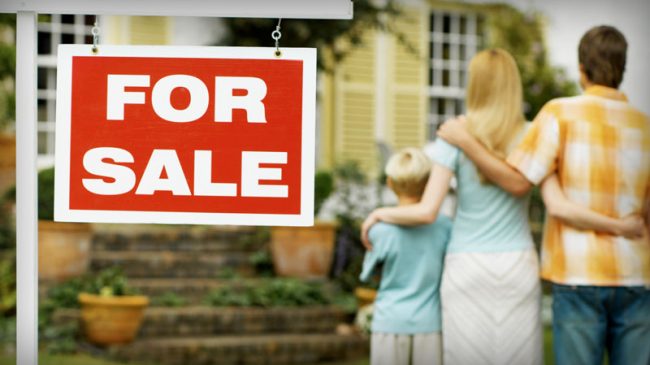Public officials often talk about affordable housing as if it is something they can create. But in reality affordable housing is a tricky issue I describe in this column.
Many people seem to have forgotten about the age-old concept of the “housing ladder.” Affordable housing is created when homeowners sell to buy a newer or nicer home, opening up older and less nice homes for first-time, often younger, homeowners.
Thirty years ago, no one in his right mind thought a young couple just getting started should be shopping for a new home. Everyone understood your first home would be 20 to 30 years old, hopefully well maintained. Your first newly built home would come after a few promotions.
The housing ladder is still a very real part of the actual functioning housing market, yet it has almost disappeared from our public discourse on, and cultural perceptions of, affordable housing.
Subsidies are a popular policy option, but
Local programs to subsidize home purchases severely distort the market, creating more demand for purchases in a market where high demand is already driving prices up. In markets where some get subsidies to buy homes, the cost of homes for everyone else goes up. And that means people who were just barely able to buy a home on their own can no longer do so.
Another really bad but popular idea is to mandate developers sell some units below cost–so called “inclusionary zoning”
First, this falls right into the trap of trying to make new housing into affordable housing, rather than letting the housing ladder work. But even worse, it simply does not work.
A detailed empirical research project on the effects of these policies found that they reduced the supply of housing and raised average home prices – the exact opposite of the desired effect.
In the Los Angeles region, inclusionary housing policies led to 770 affordable units being sold over seven years, while during the same period reducing the total number of new units built by more than 17,000 and raising the average home price by about $50,000.
The reason is that developers need to cover their costs when they build homes. If they are forced to sell some below market, the remaining ones need to be priced above market.
Again, many potential homebuyers who could have afforded to buy a home on their own were priced out of the market by that $50,000 increase. When some are subsidized, others – typically those just barely making it on their own – take the brunt of it.
The only thing that actually works is to let the development and housing market work
[T]he recipe for affordable housing is to deregulate markets for land and allow market-driven densities and development, especially in the suburbs. It means getting rid of costly elements, such as building codes that serve arcane interests rather than measurably improving public health and safety. All those do is result in higher home prices.Read the whole column here and see Reason’s work on affordable housing here.

